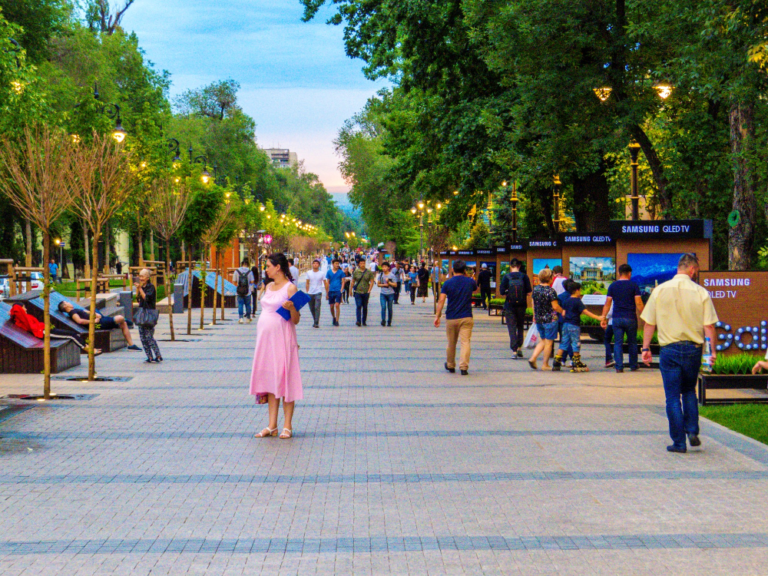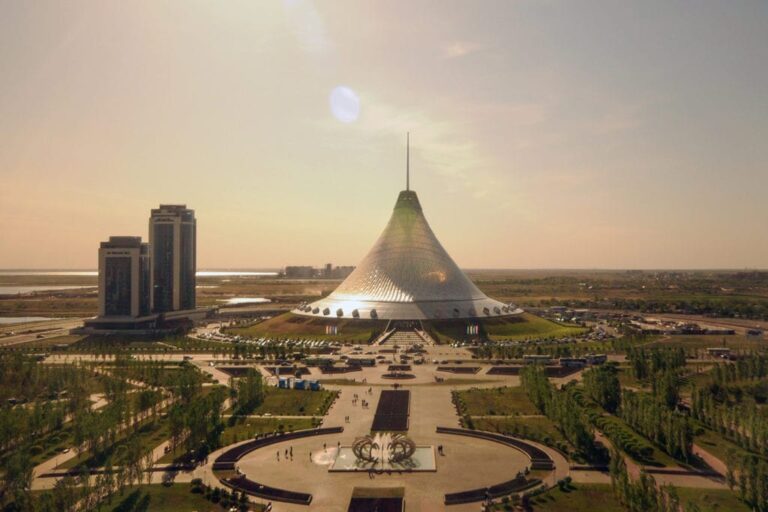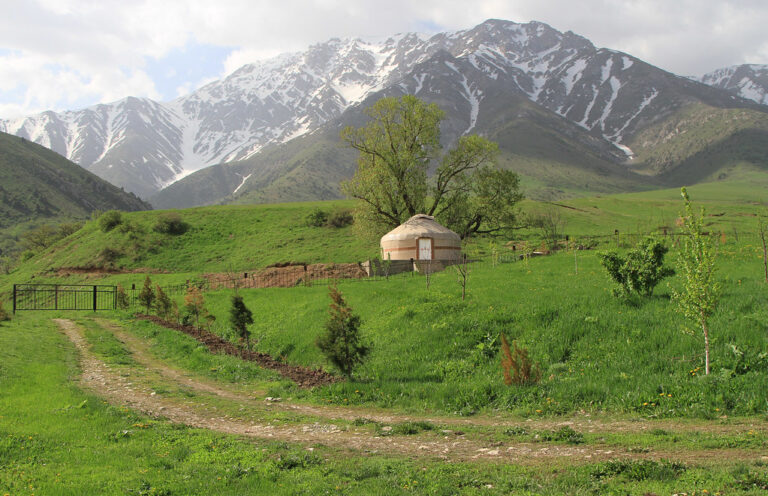Here is a detailed description
The ancient oriental bathhouse, built between 1580-1590, is located in the holy city of Turkestan, Kazakhstan. It was specifically designed to serve the pilgrims visiting the nearby Mausoleum of Khoja Ahmed Yasawi.
The bathhouse was cleverly constructed below ground level, allowing it to retain heat for longer periods. This design feature aimed to ensure that the heat generated within the bathhouse would not be easily dissipated.
The bathhouse consists of nine rooms. Two of these rooms were dedicated to hot water, while another room provided cold water. Additionally, one room was used for heating the bathhouse, ensuring a comfortable temperature throughout the space. The remaining rooms served as bathing areas.
The heating system within the bathhouse was well-planned and efficient. Hot air circulated through the floor taps, effectively distributing warmth to all the rooms. This thoughtful heating arrangement created a cozy and welcoming environment for bathers.
For nearly four centuries, the bathhouse served the local residents of Turkestan, providing a place for relaxation and cleanliness. It became an essential part of the community’s social and cultural fabric.
In 1979, recognizing its historical importance, the decision was made to transform the bathhouse into a museum. This conversion aimed to preserve and showcase the architectural and cultural heritage represented by the bathhouse.
Today, as a museum, the ancient oriental bathhouse offers visitors a unique opportunity to step back in time and experience the bathing traditions of the past. It serves as a testament to the enduring quality of its construction and the importance it held within the local community.
Exploring the museum allows visitors to gain insights into the historical significance and the social importance of public bathhouses in the region. It offers a glimpse into the daily lives and bathing rituals of the people of Turkestan.






